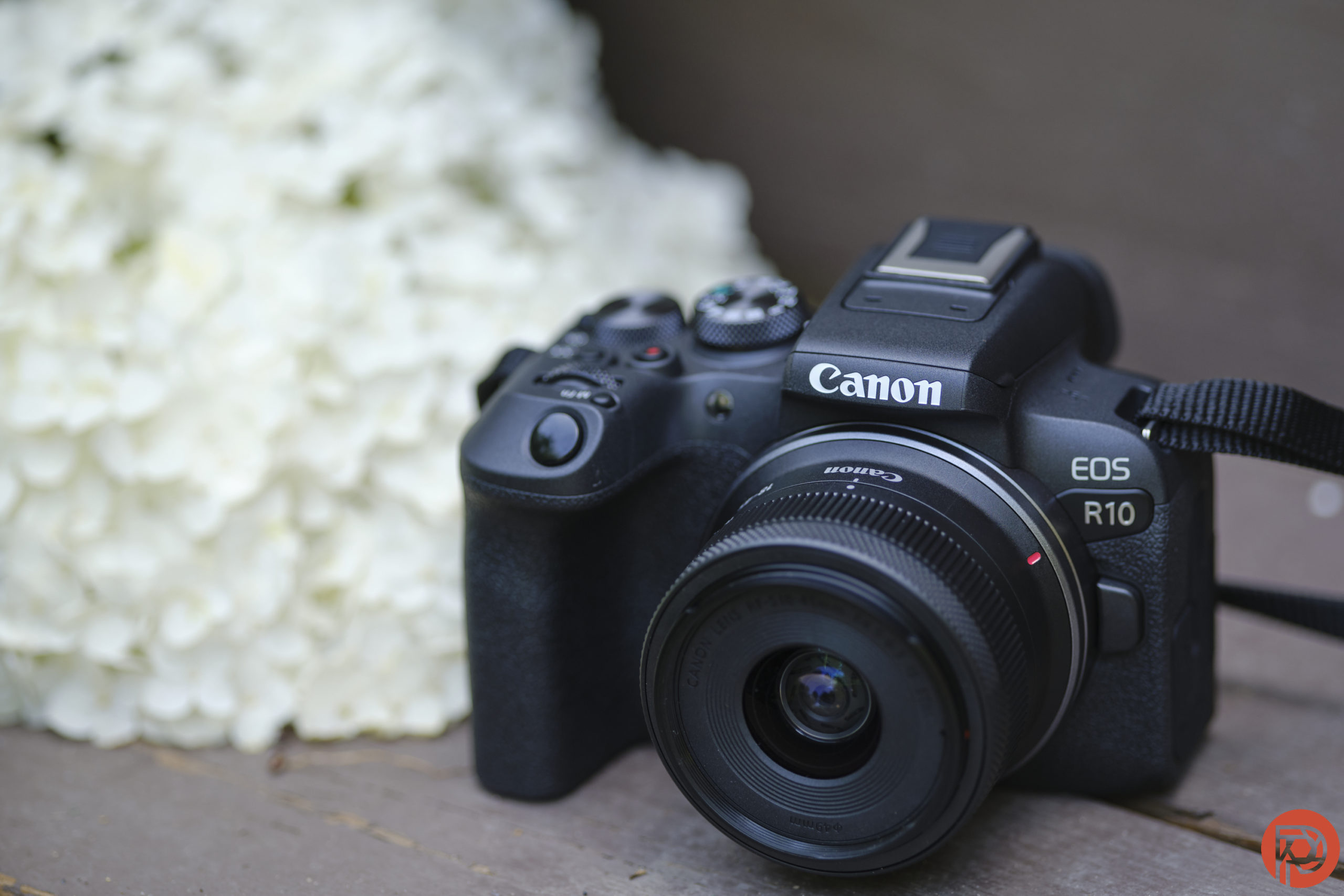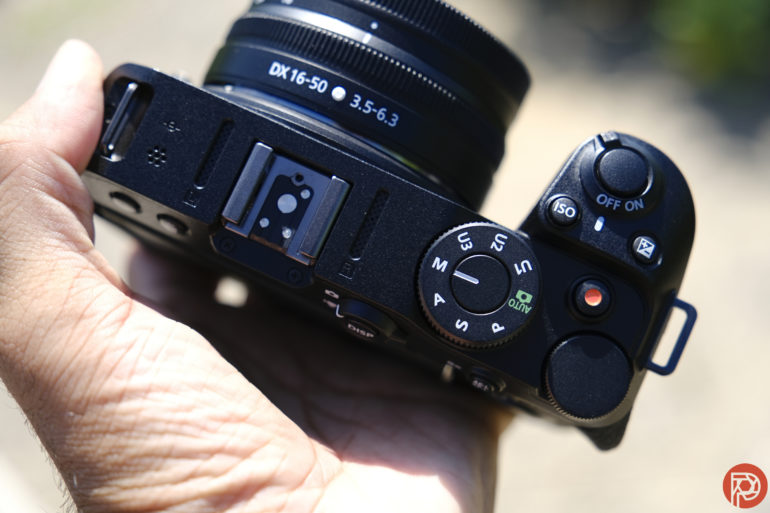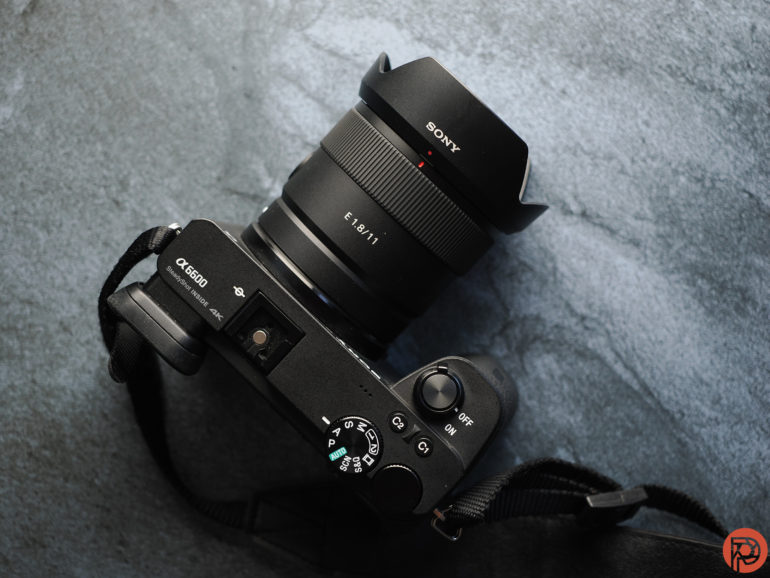If you’re buying your first camera, then congratulations! It’s time to look at some of the essential things you need. And we’ll do that as quickly as possible in this short blog post for you. Take a look!
Subscribers get some sweet perks and are automatically entered into contests!. Download our app for iOS, iPad, and Android and get no banner ads for $24.99/year.
Your New Camera and Your Lenses
We’re assuming the first camera you’re buying will have interchangeable lenses. There’s a lot you need to know. The most important thing is the following: now that you have an interchangeable lens camera, you will want to change lenses often. But here’s what you need to remember:
- Before you change the camera’s lenses, turn the camera off. THIS IS THE #1 PRIORITY. I don’t care that you saw someone change the lenses without turning the camera off. They’re wrong, and I want you to tell them they’re wrong and that you heard this info from a respected journalist. Once you’ve securely put the lens on the camera, you can turn it back on.
- Always make sure the battery doors and the memory card doors are closed when you turn the camera off and on.
- You’re exposing the sensor to air and dust when you take the lens off. If your camera has the setting, ensure that the shutter or sensor protector comes down to protect it when you turn the camera off. Not many cameras have that as of the middle of 2022.
- Do not leave the sensor uncovered for more than 10 seconds max.
- Always only expose the sensor to the elements if there is no wind around to get dust and debris on the sensor.
- Always put the body cap on the camera if you’re not going to attach a lens to it. Also, always ensure the lens’s back cap is on the back if you’re not using it.
What Your Camera Can Do That Your Phone Can’t
Everyone has told you to just go get a camera, or it was at least your hobby. So here’s what you should know:
- Yes, your brand new first camera can deliver better photos that are clearer and look better than what your phone does.
- Your camera can only do this if you keep your lenses clean. You know how you sometimes get these weird streaks across your photos with your phone? That’s because of, to be frank, your filthy hands. It’s alright; admitting fault is the first step to success. Always have a microfiber cloth around. If you wear glasses, you probably know this already. Keep the front glass element of your lens clean.
- Your first camera gives you much more control over many things in the images. Do you want that nice blurry background? Well, you’ll see how much better an organic one can look vs. what a phone tries to render. Want an image with a whole lot less crispiness and oversharpening? A dedicated camera can do that for you.
- A dedicated first camera lets you change a lot more data and parameters about a photo later. But you can also dial in settings, so it’s perfect just the way it is right out of the camera.
- Want to edit your photos later? Shoot in RAW. Cameras have different file formats for this. Nikon is NEF. Canon is CR3. Sony is ARW. Leica is DNG. Fujifilm is RAF. But these cameras can also shoot JPEGs and HEIF files. JPEGs are the standard for the web. HEIF files are probably what your phone creates by default.
For more tips like these, dive into our Useful Photography Tips section.




